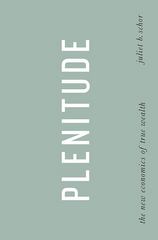Answered step by step
Verified Expert Solution
Question
1 Approved Answer
Consider a simple economy where the only output is maize. Each period, a farmer starts with a certain amount of maize ( y ). That
Consider a simple economy where the only output is maize. Each period, a farmer starts with a certain amount of maize \( y \). That farmer then chooses how much of this maize to plant, and how much to consume this period. The proportion of maize planted is \( p \), so that the farmer plants \( p y y \) quantity of maize, and consumes \( (1-p) y \) quantity of maize. The maize available in the next period depends on the farmer's skill and on how much maize was planted this period. This production function is represented by \( s f(x) \) where \( s \) is the skill of the farmer and \( x \) is the quantity of maize planted. a) Assume the farmer plants a constant fraction of maize, so that \( p \) is the same every period (and \( p>0 \) ). If the production function is \( f(x)=x^{a} \), what will happen to a farmer's output in the long run if \( a>1 \) ? What will happen if \( 0
Step by Step Solution
There are 3 Steps involved in it
Step: 1

Get Instant Access to Expert-Tailored Solutions
See step-by-step solutions with expert insights and AI powered tools for academic success
Step: 2

Step: 3

Ace Your Homework with AI
Get the answers you need in no time with our AI-driven, step-by-step assistance
Get Started


